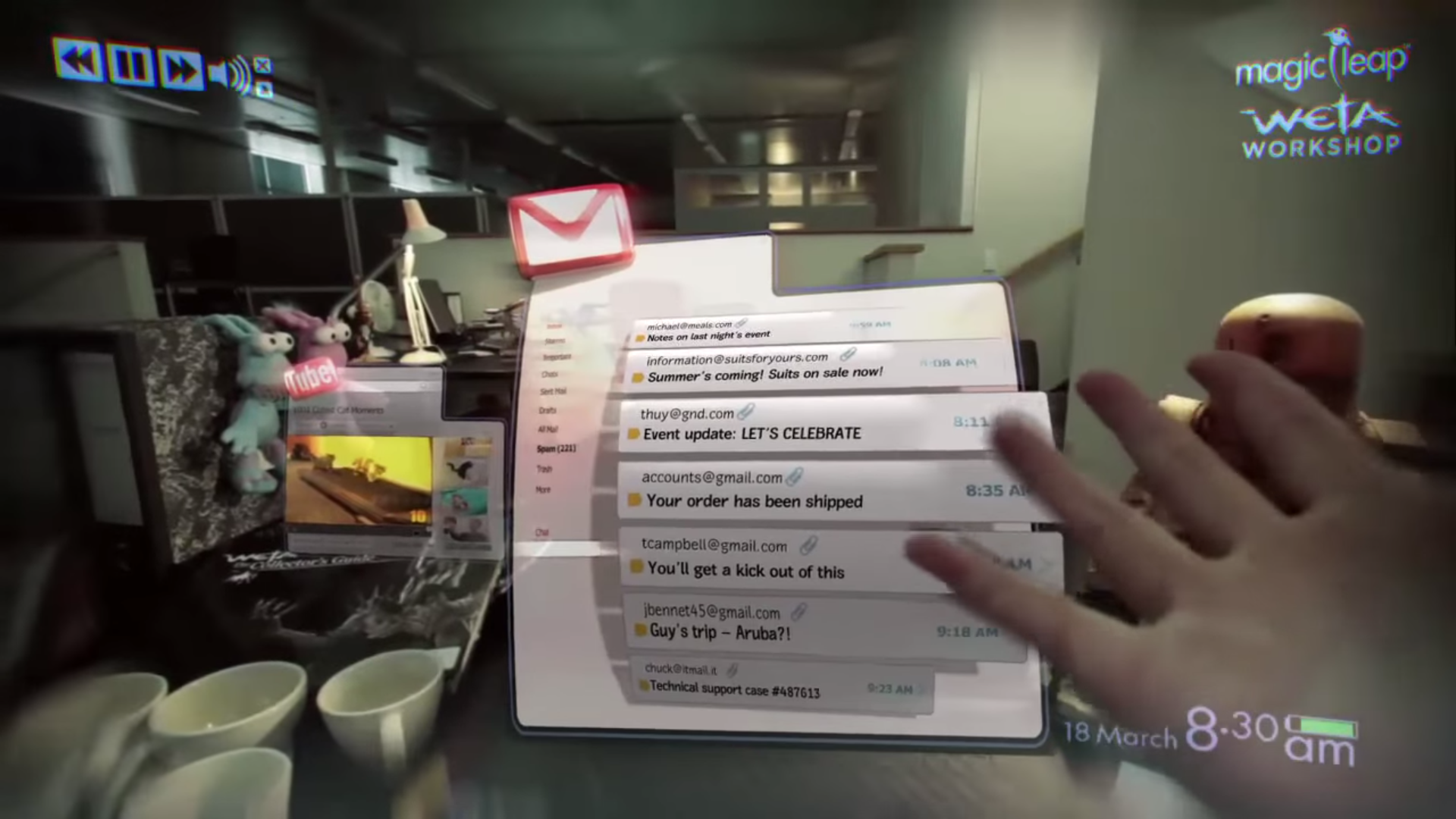Earlier this week, my attention was drawn to this article on New York Magazine by Adam Tinworth. As I was reading through it, it really resonated with me. It might be the fact that I am getting -digitally- old, but I was feeling something along the same lines last week. I got my first access to the real internet back in 1994. (I did visit BBS’s before, but though that was computer communication, it was not the same. 😉 ) Back then, I used to spend days behind my screen as it gave me a window to a whole brave new world. It connected me to people around the globe, some of whom I am still in touch with today. I spent countless hours chatting on IRC -Internet Relay Chat-, I browsed FTP sites around the globe, often ending up downloading programs, documents, images and so on from vague networks often ending on .fi being hosted by universities. And I browsed and browsed and browsed. The way you would end up in a hoge store or an expo and you want to see everything that was there. Gopher was a guide back then, or news groups, or even rudimentary search engines with categories.
As an explorer, I stepped up my game, building small sites on nothing in particular and reading and commenting on forums and blogs. Some ten years go, the whole social sphere triggered the same exploration possibilities but much more relational as I connected to many others. And I was pulled into the world of startups where we worked on the development of startups that were wild, weird and often not very viable. Until marketeers found their audience online and the experience changed. And now we are in this world that I can only compare to the heart of a tourist center in an otherwise empty city. Everybody circles the same venues and does the same things. The triggers are similar and as the revenue models favour previously proven methods, startups are becoming more and more similar.
The way I look at it is that we need to find that underground guide to the underdeveloped areas. It is getting harder to find the niches, the dimly lit spaces where viability is not measured but shrugged at for the sake of the challenge and the fun it brings. Right now, it is as if Columbus would have said: “Yes, I will go and explore the new world, but I’ll stick to the sailing routes which have proven to give us the best return on investment.” We would never have discovered anything…
Category: Future
I agree with this article. If we cannot predict what the future will look like in 2030 (which is only 13 years away), how can we assume that we can create a knowledge base that our kids will definitely need in 13 years time? Will translation software have killed language barriers by then? Will maths, spelling, coding and lots of ‘technical’ skills be replaced by software or AI that supports us? And if that is the case, what are the things our kids should really excel at if not relationships, curiosity, agility, creativity and empathy?
(If not to say that I strongly believe that the fact that we have almost all knowledge at our fingertips, is killing our creativity. Having everyone at digital arms length is killing interaction. And as all of that becomes more impersonal, we slowly grow unaccustomed to initiating change through vision, having change change us instead.)
We need to get out there and dream. We need to get out there and be passionate about the things we want to achieve. And that is something we should teach our children more than anything else. Though the world might have been explored on the map, life is -and never will be- explored to the fullest. There will always be something more, something extra, something new to build, to explore, to enjoy.
You don’t want to know how many people have come up to me and told me: “Hey, I just heard they stopped Google Glass” target=”_blank”>Google Glass. See, I said it all along, that kind of stuff will never catch on.” And they all did it with a smug smile that communicated that they were sure that people would turn away from this tech folly and go back to life as usual. In fact, only last week, I asked a group of people to think about what the future might hold for their jobs in 2025. An impossible assignment, I know. And one of them, a young woman, looked at the group and said: “I think people will turn from social networks and go back to talking to each other more.” Part of the group sighed with relief as there are many people that would love to see that happen. But I doubt it. For one, technology is here to stay. Just as we are not going to move away from central heating to an open wood fire in the middle of our living room, we are not going to step back from new technology. Why? Because it would just be a step back in the way we are living our lives.
Lets just be honest. We are so used to having everyone literally at arms’ length. Reach for your phone and you can talk to your friends, exchange messages, catch up with what they have been doing and share your own stories. I doubt that principle is going to change. The way we experience it will change though. The big question is how we are going to be integrating technology into our daily reality. We have seen a lot of talk about the internet of things. Though I like the idea of my fridge talking to my shopping list, that does not sound like the tech enabled future that we can all get excited about. In fact, in a survey held by Affinnova back in November 2014, 92% said it is difficult for them to say what an IoT (Internet of Things) enabled product needs to have for them to purchase it. However, they do say that they will recognize it when it is there. For me the essence of that survey is that IoT is not something we dream about. It is like water, we use it, but we don’t really appreciate it.
I believe that there is more. Much more. Stuff that we can dream about. A couple of months ago, I visited NuFormer‘s Virtual Reality Experience Center. I had tried the Oculus Rift” target=”_blank”>Oculus Rift before, but these guys took it to a new level. As I stood on level ground in a square space, the projection had me jumping from stone to stone and precariously balancing myself not to fall off into the vast sea of hot lava beneath me. (No, I don’t have video of that.) I was amazed at how much this system could trick all of my senses into being in a completely different place. Even though my mind could still recall that I was in that room, my body was definitely jumping those stones. I was doubtful a year and a half ago, but my body did not doubt this experience.
However, I don’t really see us stuck to huge glasses and a battery backpack as we go through life. Granted, this will change over time, but still. And then last Friday Magic Leap posted a short video about a day at their office. This is an interesting video in that they have chosen an interesting mix between virtual reality and augmented reality. I mean, when fighter robots make holes in your ceiling and come for you, that goes a bit beyond regular augmented reality.
Robots aside, I can see technology as demonstrated by Magic Leap enter our world. I personally am not much of a fan of games where opponents need to be shot, but I can imagine incredible fun for kids with a setup like this and a version of Kinectimals on steroids. But moving away from the games, imagine working with this on a daily basis. No more screen restrictions and all your stuff literally at your fingertips. When the technology making that possible isn’t too intrusive on your experience of daily life, this opens up endless possibilities. Teaching biology by showing the animals close up. Running tests for new products without having to produce them first. Interacting with every day objects which enhance your experience. I think there is much to be said for this. And I am interested where this will take us.
Oh, and obviously I would love to sit down with you to hear your opinion about this. Or you could leave it in the comments and we can discuss it here. Or on social networks, or Skype or… or…

 I love the future. I have loved it ever since I started reading. Technology is shaping our future fast. Back in 1985 I wrote my first computer program. Back in 1994 I launched my first website and I have been working with organizations on integrating new technology ever since.
I love the future. I have loved it ever since I started reading. Technology is shaping our future fast. Back in 1985 I wrote my first computer program. Back in 1994 I launched my first website and I have been working with organizations on integrating new technology ever since.